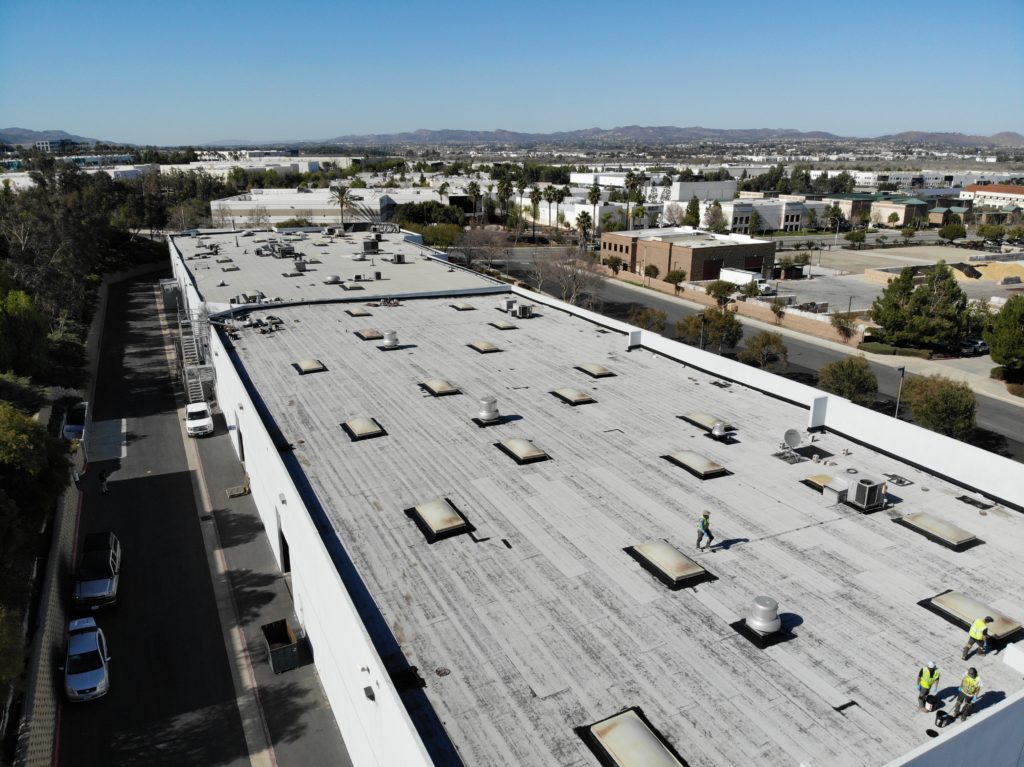Roof observations internal and external are two subjects that every commercial roofing contractor has to know.
If you recently started in the commercial roofing industry, you need to build expertise through roofing inspections.
Roofing inspections will allow you to discover the most common roof observations you need to take care of in the future.
In this article, you will discover the most critical roof observations, both internal and external.
Keep Reading!
Roof Observations – Internal
-
Water stains on the ceiling
Water stains on the ceiling are a sign of possible leaks, which means you need to take action immediately.
Depending on the color of the stain (green or yellow), it can result in growth damages like mold or mildew.
-
Mildew
Warm and wet environments are often the most common factors that lead to mildew growth on roofs.
In rainy areas, a proper drainage system is essential to prevent mildew from spreading too fast.
-
Deterioration of structural roof components
Water intrusion is one of the leading causes that deteriorate the structural roof components.
In addition, when electrical, plumbing, or HVAC repairs are needed, the roofing structure can suffer from holes drilled into the surface or removing notches to accommodate conduits.
-
Discoloration of interior walls
Always pay close attention to peeling paint or other moisture indicators on the interior walls.
This type of issue leads to discoloration of the wall.
-
Deformation in walls
Due to the UV rays exposure, the roof surface can suffer thermal shock, which refers to the contraction and expansion of the roofing structure.
This movement could create deformation in walls.
Roof Observations – External
-
No debris on the roof, drains, and gutter systems
Make sure your gutters and drainage systems are in good shape.
To prevent roofing issues, include a drainage and gutter inspection to make sure they are running correctly.
Also, a roofing inspection must be done twice a year to ensure the surface has no debris or other materials.
-
Ponding water
Ponding water can be normal between 12 to 36 hours, but according to the NRCA, when water stagnates longer than two days, you will need a commercial roofing contractor to examine it.
-
Damaged, defective, or missing fasteners
If the screws are not well-driven straight, the water will find an opening and seep into the building.
-
Vegetation on roof
Likewise, check for signs of roots or areas with growth vegetation.
These areas can leave open holes in the roof, exposing it to the weather elements.
-
Corrosion and Rusting
Rust and corrosion frequently occur on metal roofs.
Most metal roofs are iron-based. When exposed to rain and moisture, it can lead to corrosion and rusting.
Conclusion
Remember to inspect and consider all the roof observations mentioned above.
When having these roof observations in your preventive maintenance program, you will be able to document the conditions that may cause problems later.
Of course, you can trust Instacoat Premium Products if you need help.
Contact us today!

